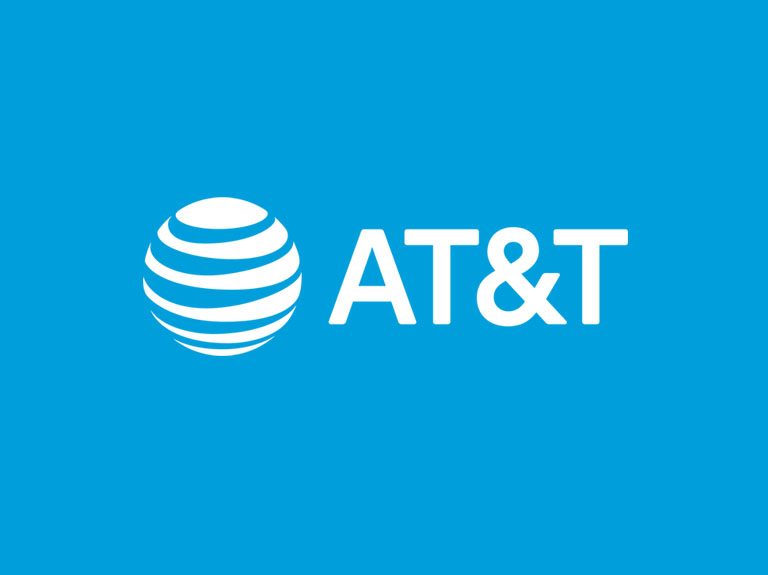John Stephens, AT&T Chief Financial Officer, Provides an Update at Morgan Stanley Conference
John Stephens, AT&T chief financial officer, spoke at the Morgan Stanley Technology, Media and Telecom Conference on Wednesday. Stephens said the company was pleased with the decision by the U.S. Court of Appeals on Tuesday to let stand its acquisition of Time Warner, now known as WarnerMedia, which closed in June 2018. He reiterated the company’s respect for the important role played by the Department of Justice and expressed appreciation that the Department has indicated it plans no further review of the case.
In addition, Stephens addressed the company’s plans for 2019:
- Guidance and priorities. 1 AT&T (NYSE:T) expects to continue to lead the industry and the United States in investment. It plans gross capital investment in the $23 billion range. Stephens said that AT&T expects to generate free cash flow in the $26 billion range with a dividend payout ratio in the high 50% range. The company plans to use about $12 billion in cash after dividends — along with $6 billion to $8 billion from asset monetization — to reduce debt. The company expects to end 2019 with a net debt-to-adjusted EBITDA ratio in the 2.5x range.
Stephens reaffirmed AT&T’s previously announced guidance, including adjusted EPS growth in the low single digits, and provided some context on underlying assumptions. He said that 2019 quarterly EPS will vary from historical trends, reflecting the addition of Time Warner and the effects of prior accounting standards changes, including the amortization of deferred commissions and installation costs, but that these were considered in the company’s full-year guidance.
To achieve its 2019 guidance, AT&T has laid out a number of strategic priorities for the year, including:- De-levering by generating strong free cash flow and monetizing non-core assets.
- Leading in network through its fiber, 5G and FirstNet investments.
- Growing wireless service revenues.
- Stabilizing Entertainment Group EBITDA.
- Delivering merger synergies, growing WarnerMedia revenues and beta launching a WarnerMedia subscription video on demand service in the fourth quarter.
- Improved capital intensity. While AT&T plans to continue to invest significantly, the company has an opportunity to improve capital intensity driven by:
- Reaching 14 million customer locations with fiber to the premises by mid-year 2019, after which AT&T’s fiber build will continue at a slower pace.
- Continuing to virtualize network functions. At end-of-year 2018, 65% of AT&T’s network functions were virtualized, and the company expects to reach 75% by the end of 2020.
- Efficiencies in Mexico since AT&T’s 4G LTE build to 100M POPs was essentially complete in late 2018.
- Efficiently deploying wireless capacity through AT&T’s FirstNet build.
- Improved results in wireless. Stephens said that AT&T continues to expect wireless service revenue growth in the first quarter of 2019, consistent with fourth-quarter 2018 levels. Stephens also said that the company expects that its FirstNet build should help drive growth in postpaid subscribers as it improves flow share in the first responder market. And he noted that the company is proud to be providing essential services to first responder community.
- Confidence in Entertainment Group plans. Stephens said that AT&T is confident in its ability to stabilize EBITDA in its Entertainment Group in 2019. The company expects a significant improvement in the year-over-year EBITDA growth rate in the first quarter of 2019 even as linear subscriber losses are expected to continue their fourth-quarter 2018 trend.
Entertainment Group EBITDA will reflect improving video ARPU as previous 2-year price locks continue to expire. The company also expects that typical annual price increases and growth in advertising revenues will help offset content cost increases. AT&T will also continue to focus on profitability for DIRECTV NOW with focused promotions. Stephens also said that the company expects IP broadband revenues to grow in 2019 driven by increases in both volumes and ARPU from growth in fiber subscribers. At the same time, AT&T will focus on reducing operational expenses through automation and improved customer service.
- Solid performance from WarnerMedia; moving toward beta launch of SVOD service in late 2019. WarnerMedia was accretive to revenues, adjusted EPS and free cash flow in the second half of 2018. Stephens noted that the company continues to expect merger-related synergies of about $700 million, on a run-rate basis, by year-end 2019.
AT&T plans a beta launch of its subscription video on demand service in late 2019 with three tiers of service to meet customers’ needs. The SVOD service will complement WarnerMedia’s existing business; benefit current distributors; expand audiences and increase engagement; and provide data and analytics to inform new products and better monetize content. Stephens said that AT&T is confident its existing affiliate and licensing relationships will continue to be important and that it will give traditional distributors the ability to package the new service with other offers.
- Network excellence. Stephens noted that, driven by its FirstNet deployment, AT&T is on track to increase the amount of spectrum it has deployed by about 50% at year-end 2019 versus year-end 2016. He said that the company expects significant improvements in network quality and speeds, which should improve the company’s ability to attract and retain subscribers.
AT&T’s 5G Evolution technology is currently in more than 400 markets, with plans to cover more than 200 million people in 500 markets by midyear. 5G Evolution gives customers significantly higher download speeds compared to AT&T’s standard LTE. In late 2018, AT&T was also the first U.S. company to introduce standards-based mobile 5G service. The company expects nationwide mobile 5G coverage by early 2020 and is currently working with Samsung to offer two 5G smartphones in 2019.


